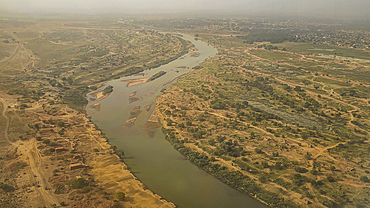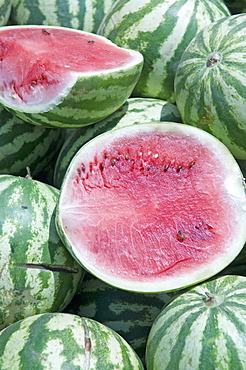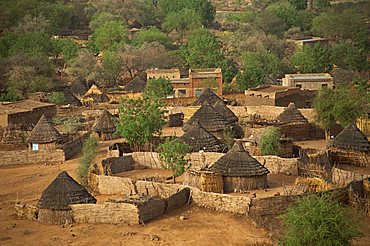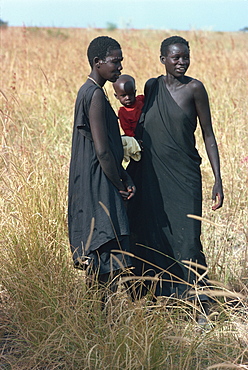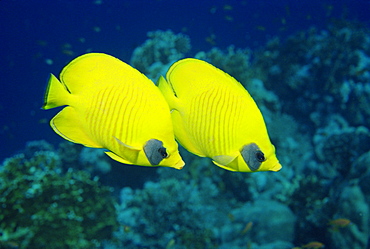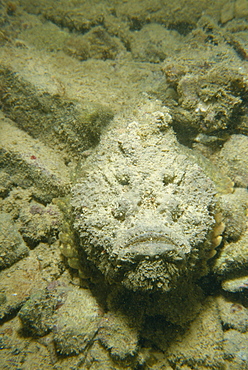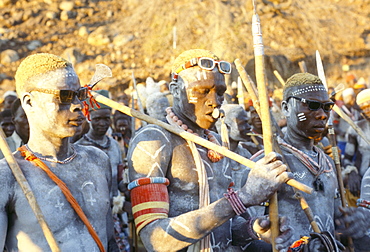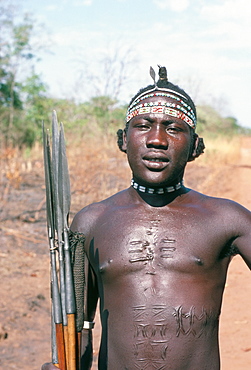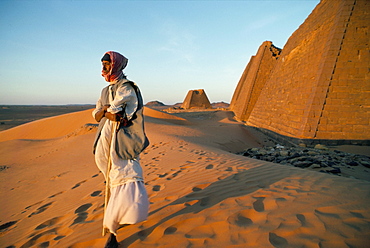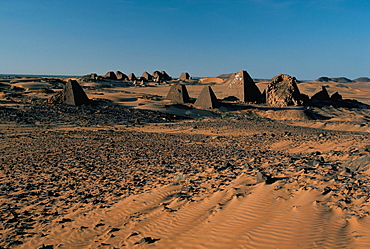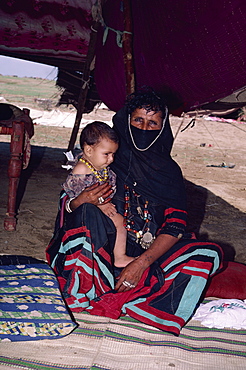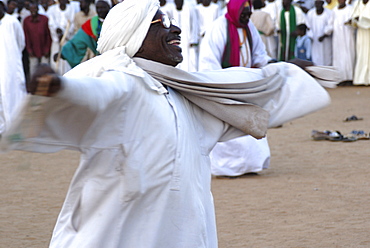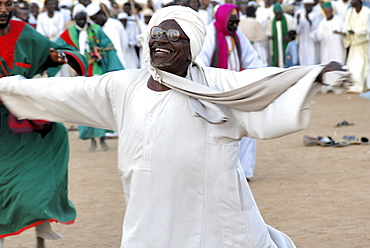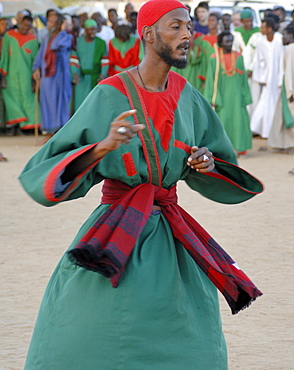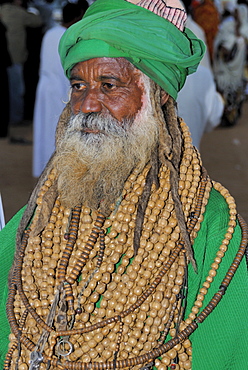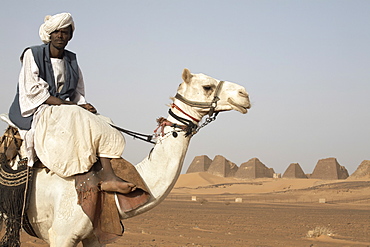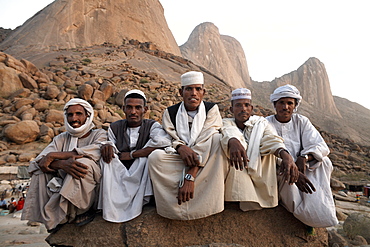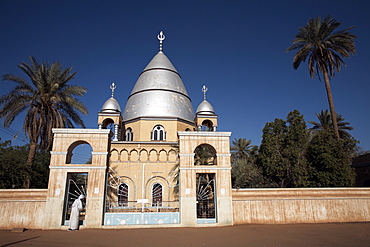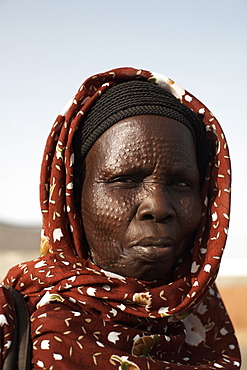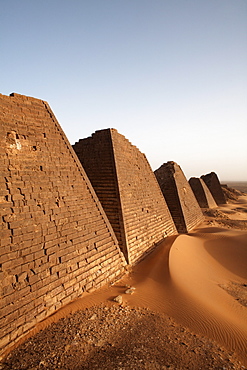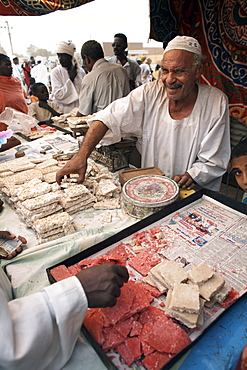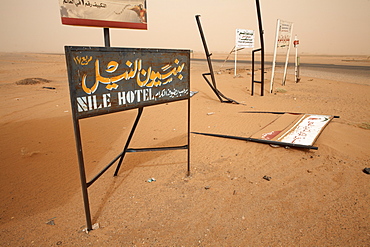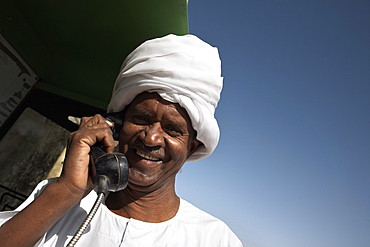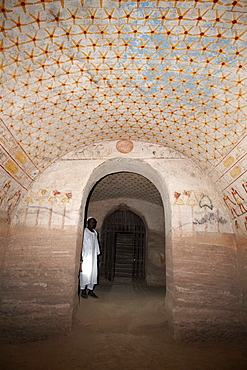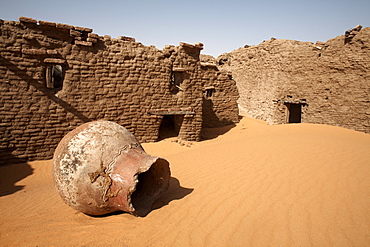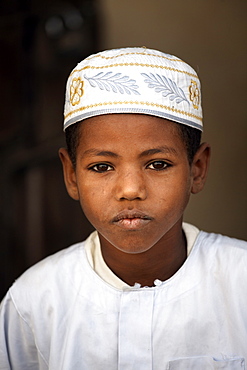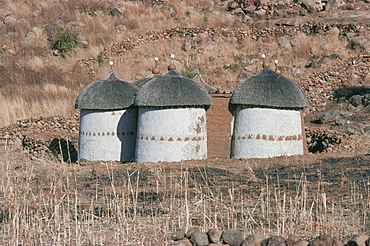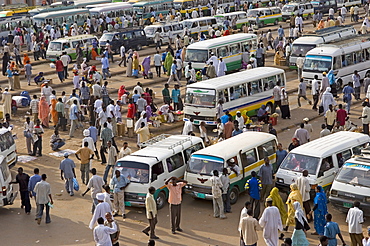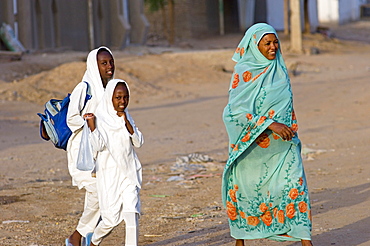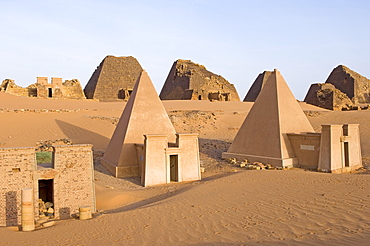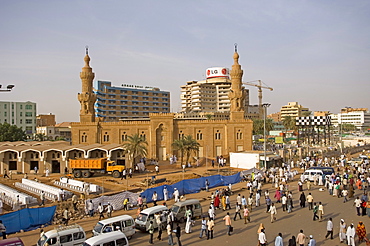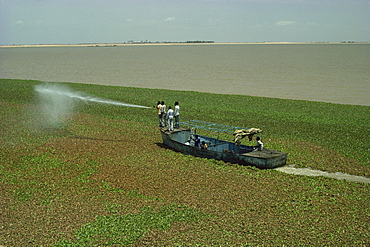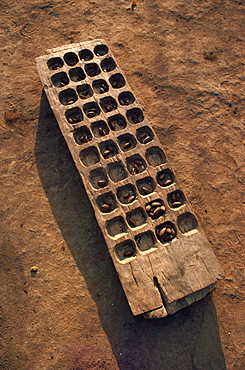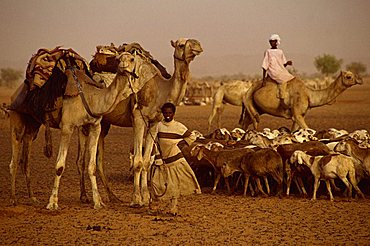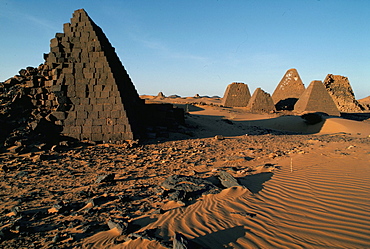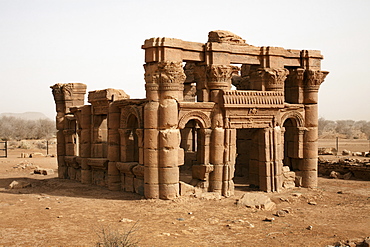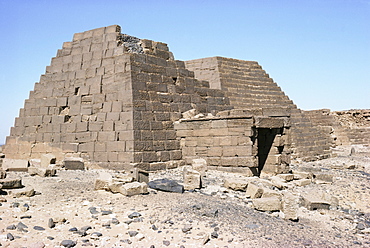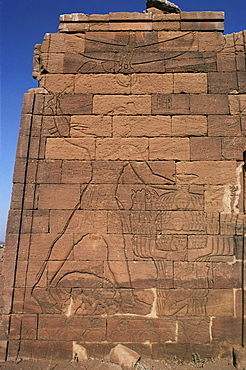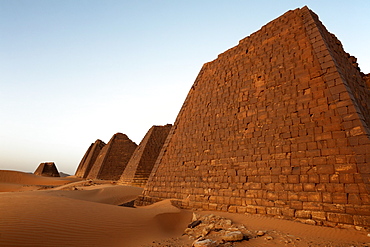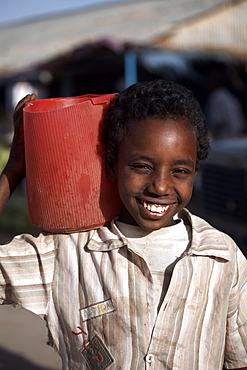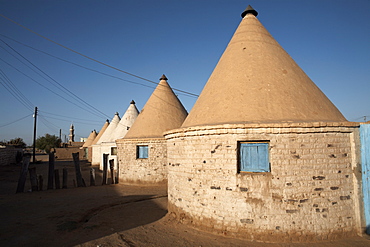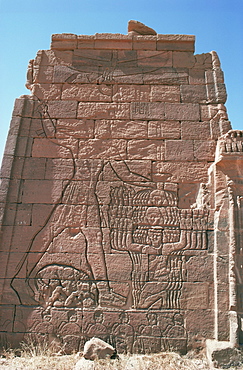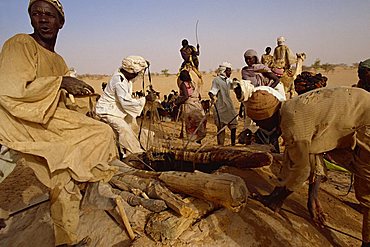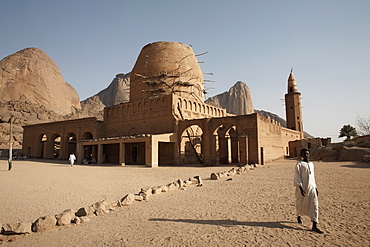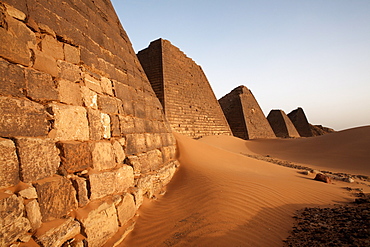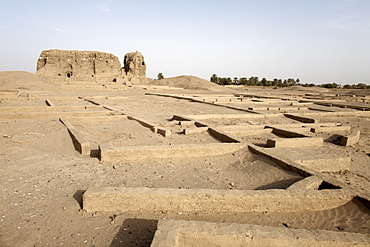Results
« Previous 1 2 3 4 5 Next »
488 results found

Locals walk past the 5-star Boji Al-Fateh Hotel (Libyan Hotel), designed to represent a sail, Khartoum, Sudan, Africa
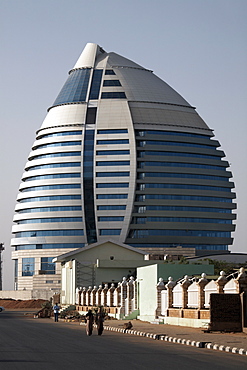
The 5-star Boji Al-Fateh Hotel (Libyan Hotel), designed to represent a sail, Khartoum, Sudan, Africa
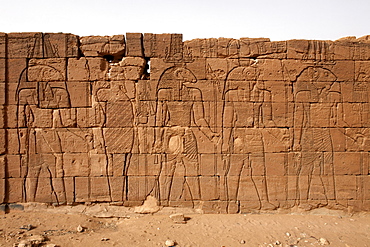
The Lion Temple, one of the Meroitic temples of Naqa, the carved reliefs depict King Natakamani in the company of gods Horus and Apedemak, Naqa, Sudan, Africa
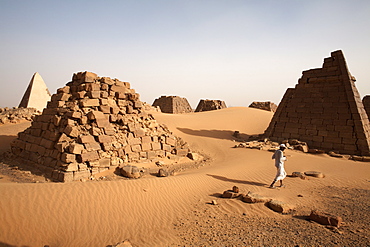
The western cemetery at Meroe containing the tombs of nobles and some reconstructed pyramids, Sudan, Africa
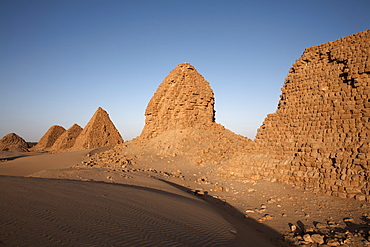
The royal cemetery of Nuri, burial place of King Taharqa, ancient ruler of the Kingdom of Kush, Karima, Sudan, Africa
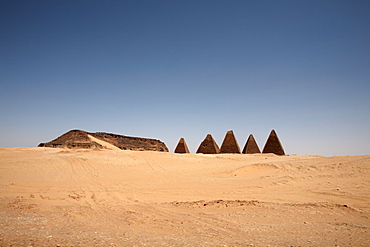
The pyramids at Jebel Barkal, used by Napatan Kings during the 3rd century BC, UNESCO World Heritage Site, Karima, Sudan, Africa
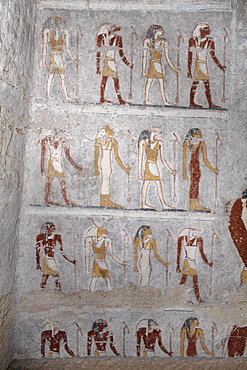
The tomb of Qalhata, mother of the Kushite King Tanwetamani, part of the royal cemetery at El Kurru, Sudan, Africa

The tomb of Qalhata, mother of the Kushite King Tanwetamani, part of the royal cemetery at El Kurru, Sudan, Africa

Wall paintings in the tomb of King Tanwetamani, show the ancient Kushite king being led to his burial, part of the royal cemetery, El Kurru, Sudan, Africa
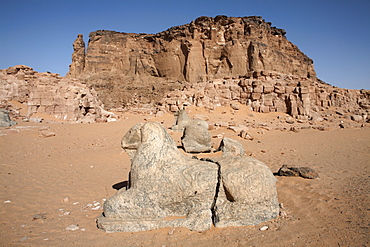
The Temple of Amun and the holy mountain of Jebel Barkal, UNESCO World Heritage Site, Karima, Sudan, Africa
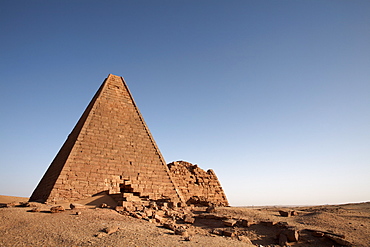
The pyramids at Jebel Barkal, used by Napatan Kings during the 3rd century BC, UNESCO World Heritage Site, Karima, Sudan, Africa
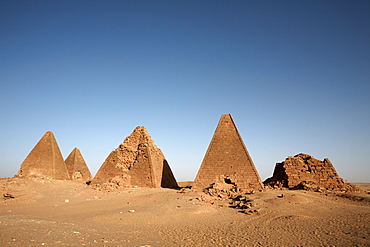
The pyramids at Jebel Barkal, used by Napatan Kings during the 3rd century BC, UNESCO World Heritage Site, Karima, Sudan, Africa
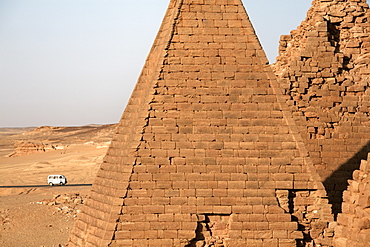
The pyramids at Jebel Barkal, used by Napatan Kings during the 3rd century BC, UNESCO World Heritage Site, Karima, Sudan, Africa
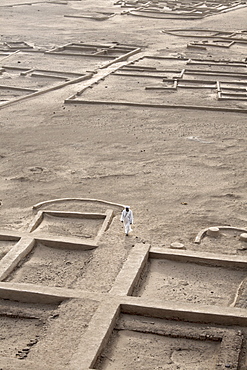
The grounds surrounding the 3,500 year-old mud-brick Western Deffufa, the seat of the first independent kingdom of Kush, Kerma, Sudan, Africa

The 3,500 year-old mud-brick Western Deffufa, the seat of the first independent kingdom of Kush, Kerma, Sudan, Africa
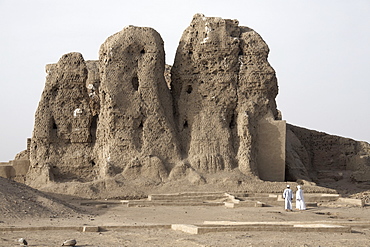
The 3,500 year-old mud-brick Western Deffufa, the seat of the first independent kingdom of Kush, Kerma, Sudan, Africa

The 3,500 year-old mud-brick Western Deffufa, the seat of the first independent kingdom of Kush, Kerma, Sudan, Africa
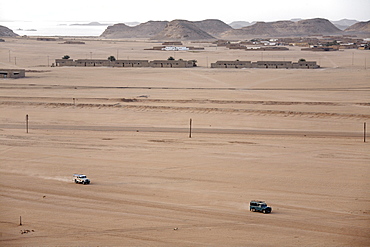
Jeeps cover the wide expanse of desert between Lake Nasser and the town of Wadi Halfa, Sudan, Africa

The oasis of Sesibi, founded in the XVIIIth dynasty, 3rd cataract of the River Nile, Nubia, Sudan, Africa
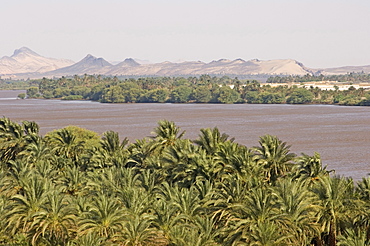
The oasis of Sesibi, founded in the XVIIIth dynasty, 3rd cataract of the River Nile, Nubia, Sudan, Africa

The standing columns of the temple of the goddess Mut at Jebel Barkal, UNESCO World Heritage Site, near Karima, Sudan, Africa
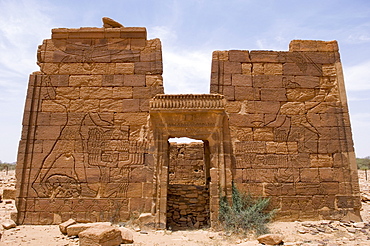
Temple of Apademak (the lion-god), erected in the 1st century AD by King Natekamani, Old Temple of Naga, The Kingdom of Meroe, Sudan, Africa

Farras Cathedral, frescoes and murals from ruined Nubian churches, dating from the 8th to the 15th centuries, The National Museum, Khartoum, Sudan, Africa

The Annunciation, Farras Cathedral, frescoes and murals from ruined Nubian churches, dating from the 8th to the 15th centuries, The National Museum, Khartoum, Sudan, Africa

Reconstructed Nubian temples of Buhen and Semna, saved from land flooded by Lake Nasser, National Museum, Khartoum, Sudan, Africa
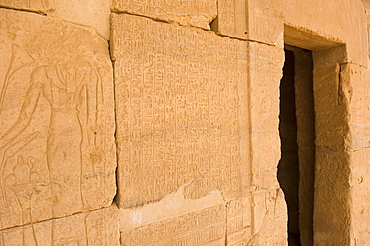
Reconstructed Nubian temples of Buhen and Semna, saved from land flooded by Lake Nasser, National Museum, Khartoum, Sudan, Africa

Detail of wall painting from Egyptian temple salvaged from Nubian land flooded by Lake Nasser, National Museum, Khartoum, Sudan, Africa
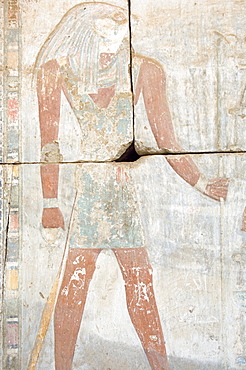
Reconstructed Nubian temples of Buhen and Semna, saved from land flooded by Lake Nasser, National Museum, Khartoum, Sudan, Africa

Detail of wall painting from Egyptian temple salvaged from Nubian land flooded by Lake Nasser, National Museum, Khartoum, Sudan, Africa
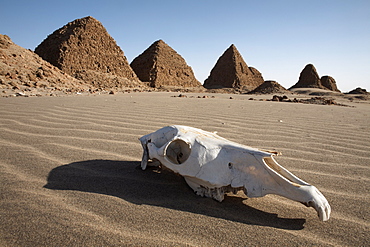
A camel skull at the royal cemetery of Nuri, burial place of King Taharqa, ancient ruler of the Kingdom of Kush, Karima, Sudan, Africa
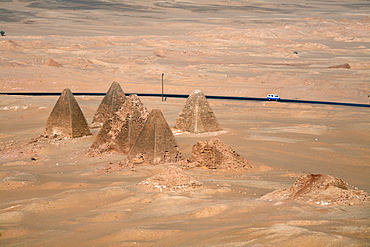
The pyramids at Jebel Barkal, used by Napatan Kings during the 3rd century BC, UNESCO World Heritage Site, Karima, Sudan, Africa
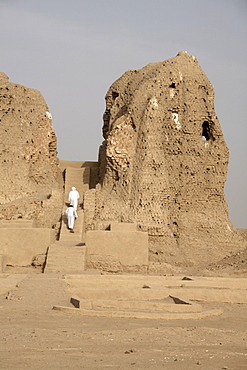
The 3,500 year-old mud-brick Western Deffufa, the seat of the first independent kingdom of Kush, Kerma, Sudan, Africa
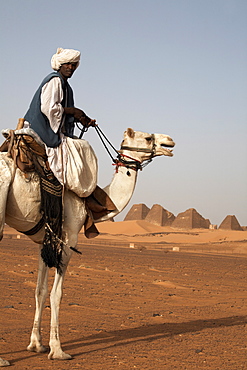
A guide and camel stand in front of the pyramids of Meroe, Sudan's most popular tourist attraction, Bagrawiyah, Sudan, Africa




